CV Raman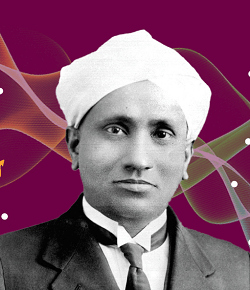
CV Raman was a prominent scientist of contemporary India who significantly contributed to science. As a result of his unique discoveries, he gave India a new identity in science. The 'Raman Effect' was one of CV Raman's most remarkable and important discoveries, for which he was given the Nobel Prize in 1930. "When light travels through any transparent media, such as a solid, liquid, or gas, it is said to modify its nature and behavior. " If CV Raman hadn't made this discovery, we could never have understood why "the color of seawater is blue," We might never have learned about "the nature and behavior of light." Hold on for now because further in this article, we will look at more aspects of his work, contribution, and journey. Early LifeOn November 7, 1888, V Raman was born in Tiruchirappalli, Tamil Nadu. Chandrashekhar Iyer and Parvati Amma were his mother and father's names. CV Raman is the second child of their parents. Chandrasekhar Iyer, CV Raman's father, was a science and mathematics instructor at the A.V. Narasimha Rao Mahavidyalaya, Visakhapatnam (modern Andhra Pradesh). His father was very fond of reading, so he had built a small library in his house. Raman was attracted to science books and English literature at an early age. His love of music began at an early age and evolved into the subject of his scientific studies. His father was a skilled veena player who he would watch for hours while his father would practice the instrument. As a result, Raman started in a great learning environment. EducationRaman went to Visakhapatnam when he was a child. He went to St. Aloysius Anglo-Indian High School there. Raman was a talented student who got several honors and scholarships in his class. At 13, he passed his matriculation exam at 11 and completed his +2/intermediate with a scholarship at only 13. After that, he enrolled in Presidency College Madras in 1902. In the year 1904, CV passed the B.A. examinations. He was awarded the 'Gold Medal' in Physics for coming first. Following that, he earned his M.A. from the 'Presidency College itself, with Physics as his primary subject. M.A. Raman rarely came to class at this period, preferring to spend his time in the college laboratory doing experiments and making discoveries. His lecturers were fully aware of his abilities and used to allow him to study at his convenience. Professor R. Ale. Johns recommended that he must write-up the results of his experimentation and studies in the form of a "research paper" and send it to the London-based "Philosophical Journal." In November 1906, his study report was published in the journal's November edition. He was only 18 years old at the time. He received excellent scores in the M.A. exams in 1907. CareerRaman's instructors recommended that his father send him to England for higher education, but he could not do so because of bad health. He didn't have a choice at this point, so he appeared for a competitive examination administered by the British government. Raman came at first place in this test and was assigned to the government's finance department as an officer. In Kolkata, Raman was promoted to the position of Assistant Accountant General, and he established a small laboratory in his home. 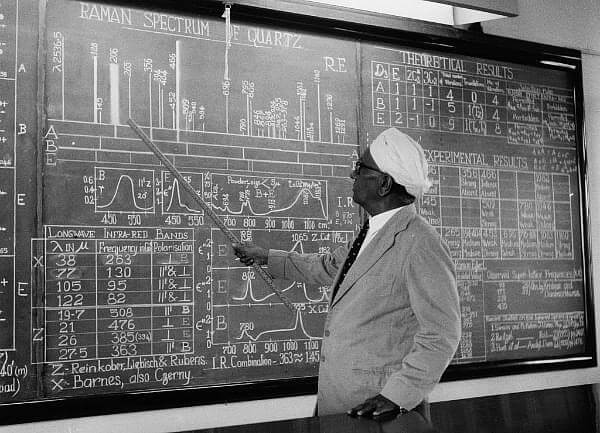
He continued his work in the Indian Association for Cultivation of Science's laboratory in Kolkata. He would do scientific studies on anything that grabbed his attention. He would arrive at the Council's laboratory before work every morning. After work at five o'clock in the evening, he would return to the laboratory and work there until ten o'clock. Even on Sundays, he does spend the whole day in the laboratory working on his studies and research. 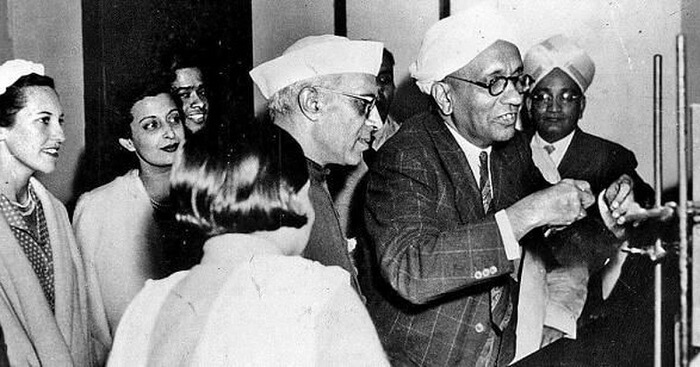
Raman left the government job in 1917 to take up the Palit Chair in Physics from the 'Indian Association for Cultivation of Science.' In 1917, he was appointed the Professor of Physics at the University of Calcutta. Raman was elected as a member of the 'Royal Society' of London in 1924 for his contributions to the subject of 'Optics,' which was a major distinction for any scientist. On February 28, 1928, the 'Raman Effect' was found. The next day, Raman disclosed it in the international press. The famous scientific magazine 'Nature' published it. He gave a speech to the South Indian Science Association in Bangalore on March 16, 1928, on his new findings. Following this, research into the 'Raman Effect' began in all of the world's laboratories. Venkata Raman also presided over the Indian Science Congress in the year 1929. In 1930, he was awarded the prestigious Nobel Prize in Physics for scattering light and discovering the Raman effect. 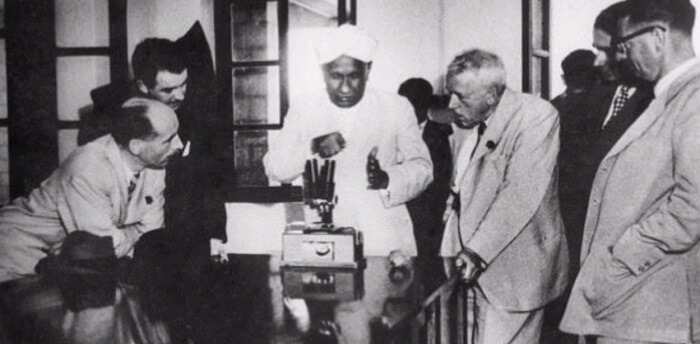
In 1934, Raman was made the director at the Indian Institute of Science, Bangalore. He was the one to uncover the nature of the tabla and mridangam's harmonic. He also researched the spectral nature of Stille, the fundamental issues of Stille dynamics, the structure and properties of diamonds, and the optical behavior of many colorless substances. In 1948, he retired from the Indian Institute of Science (IIS). Following that, he founded the Raman Research Institute in Bangalore. Spouse and Children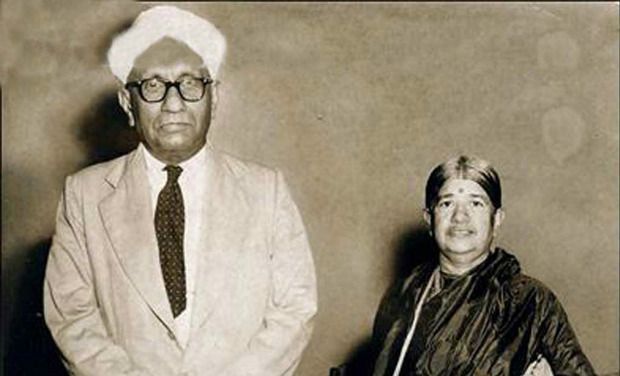
CV Raman was attracted to a girl called Lokasundari while playing the veena, and he pointed out his intention to marry her. With the family's agreement, he married her on May 6, 1907. He has two sons, Radhakrishnan and Chandrashekhar. His son Radhakrishnan went on to become a well-known astronomer. Awards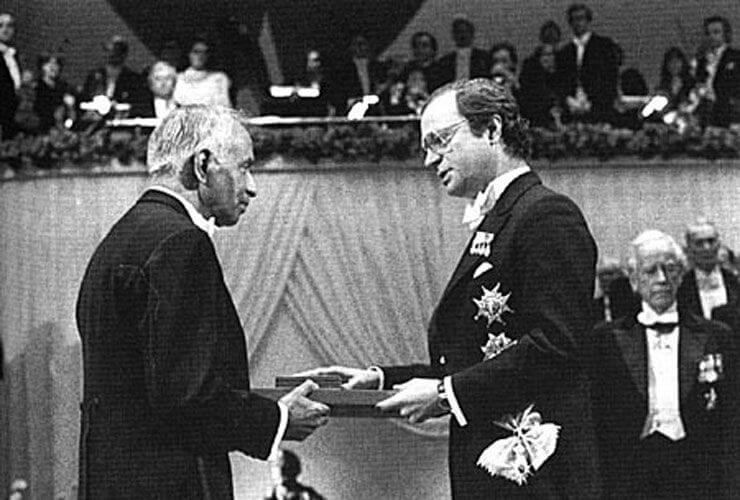
Chandrasekhar Venkata Raman(CV Raman), India's greatest scientist, was also honored with several honors for his significant contributions to science, which we will discuss below:-
Death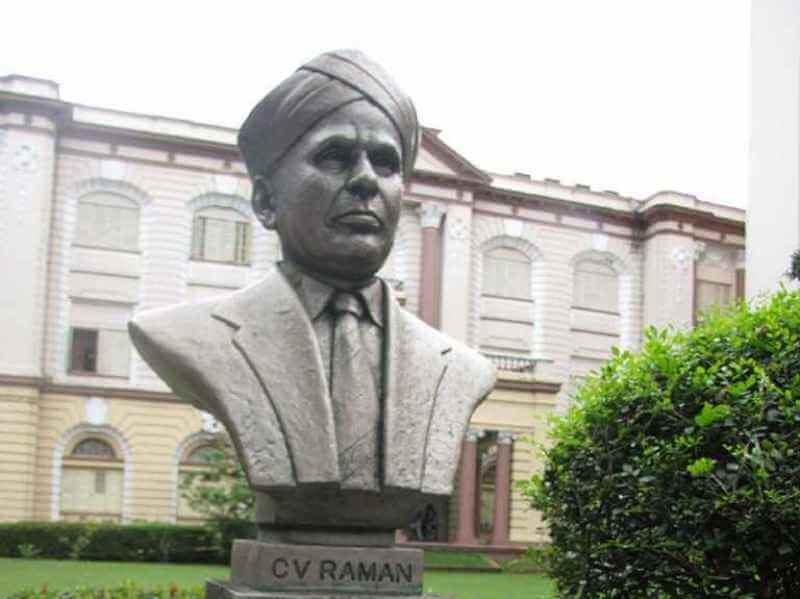
CV Raman, the brilliant scientist, spent much of his time in the laboratory, making new findings and seeking information. Perhaps at the age of 82, he was working in his lab at the Raman Research Institute in Bangalore when he unexpectedly suffered a heart attack, collapsing and passing away on November 21, 1970. C.V. Raman, the scientist who brought India widespread prominence in science, may no longer be with us, but his essential discoveries will always be with us; his extraordinary findings are still utilized on a big scale nowadays. The manner he helped develop science via his effort and hard labor via discoveries like the 'Raman Effect' is a matter of pleasure for all Indians. CV Raman's personality will be carried on to future generations.
Next TopicVijay
|
 For Videos Join Our Youtube Channel: Join Now
For Videos Join Our Youtube Channel: Join Now
Feedback
- Send your Feedback to [email protected]
Help Others, Please Share









